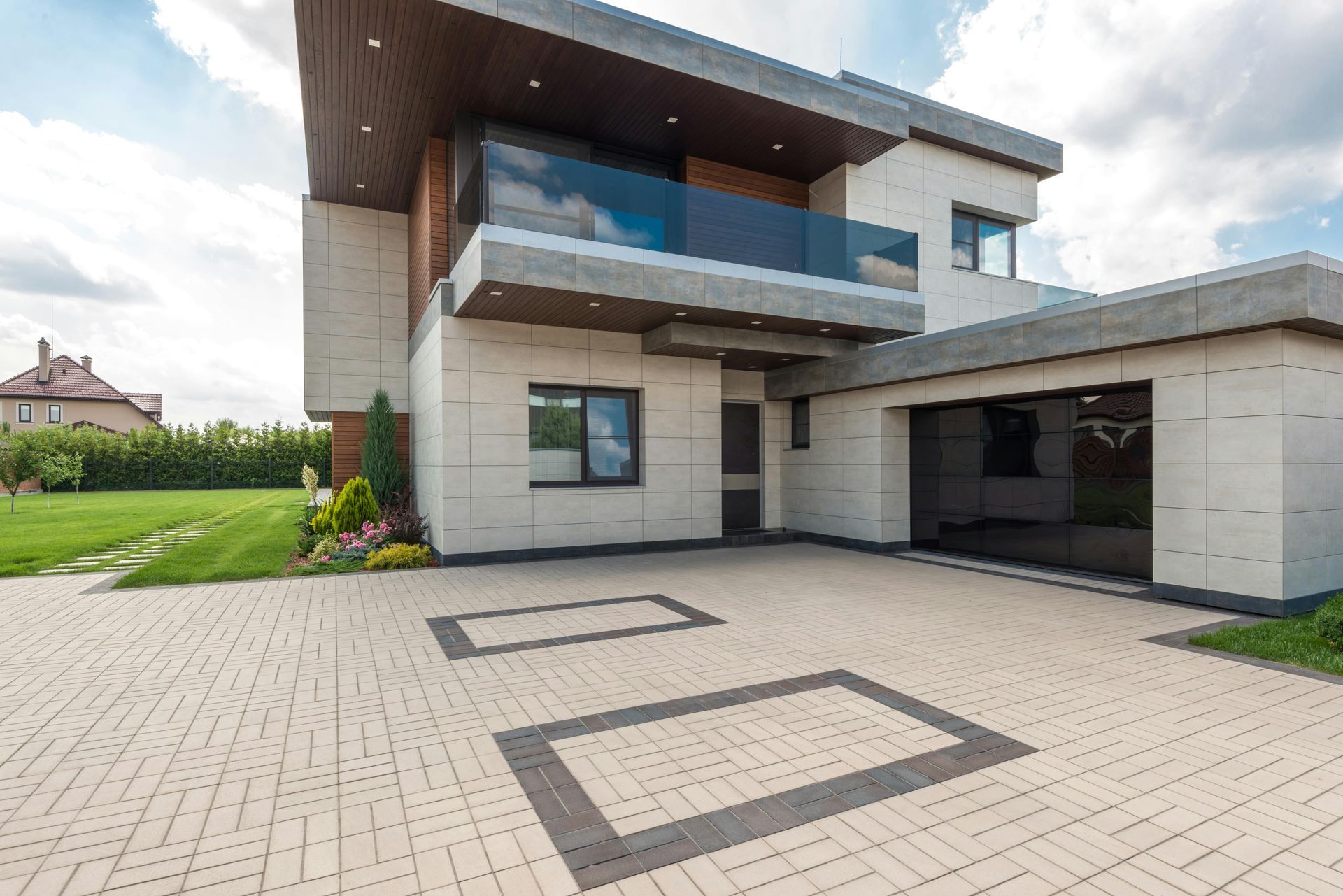How to Layer Landscape Lighting for Maximum Ambience
Creating a captivating outdoor atmosphere requires more than simply installing a few lights around your yard. Landscape lighting, when strategically layered, can transform your outdoor space into a serene, elegant, and safe environment for family and guests alike. Whether you're looking to highlight your garden, improve your home's curb appeal, or extend your living space into the evening, understanding how to layer outdoor lighting is essential.
In this comprehensive guide, we’ll explore professional techniques and
landscape lighting ideas that help you make the most of your yard's natural beauty. From ambient glows to dramatic uplighting, you'll learn how to master the art of
landscape lighting design with functional and visually stunning results.
Understanding the Concept of Layered Landscape Lighting
Layered lighting involves using different types of light sources and intensities to create a dynamic and cohesive effect. Much like interior lighting, exterior spaces benefit from the combination of ambient, task, and accent lighting. This layering not only improves visibility and safety but also creates mood and highlights key architectural and landscaping features.
When considering
landscape lighting layers, the goal is to blend light levels in a way that adds depth and contrast, guiding the eye naturally across the landscape while enhancing your yard’s nighttime appeal.
Ambient Outdoor Lighting: Setting the Overall Tone
Ambient outdoor lighting serves as the base layer in your lighting design. Its purpose is to softly illuminate large areas without creating harsh shadows or overly bright zones. Common sources include wall-mounted lights, post lights, or widespread downlights installed on trees or structures.
The beauty of ambient lighting is in its subtlety. It provides a gentle glow that fills your outdoor space, making it usable and inviting after dark. The best way to create ambient lighting is through
outdoor LED lighting fixtures, which offer energy efficiency, longevity, and a variety of brightness levels and color temperatures to suit your mood and design goals.
Task Lighting: Adding Functionality to Your Design
While ambience creates atmosphere, task lighting adds function. This layer is essential for illuminating areas where specific activities take place, such as cooking, dining, or walking. Effective pathway lighting design is one of the most practical forms of task lighting, helping to guide footsteps and prevent accidents along walkways, stairs, and driveways.
Strategic
landscape lighting placement of task lights ensures safety without sacrificing aesthetic. Consider integrating recessed lights into hardscaping or mounting subtle fixtures along rails and steps to deliver focused illumination where it's needed most.
Accent Lighting: Highlighting Features and Creating Drama
Accent lighting is the artistic element of your lighting plan. This layer draws attention to focal points in your landscape—trees, sculptures, water features, or architectural details—using directional light to cast shadows and depth. Techniques like uplighting trees landscape or spotlighting a stone wall add contrast and intrigue, creating the perfect visual balance.
Accent lighting for landscapes often involves narrow beam angles and adjustable fixtures that allow you to precisely control the light’s direction and intensity. It’s best to use this layer sparingly to avoid overwhelming the space. The goal is to accentuate, not overpower.
Outdoor Lighting Techniques to Achieve Maximum Ambience
Understanding various outdoor lighting techniques helps you layer each element effectively. A few techniques worth exploring include:
- Silhouetting: Placing a light source behind a feature to highlight its shape in contrast with a brighter background.
- Grazing: Positioning light close to a textured surface, like a stone wall or tree bark, to enhance texture through shadows.
- Moonlighting: Mounting lights high in trees to cast a gentle, downward glow that mimics natural moonlight.
- Shadowing: Lighting an object from the front to cast dramatic shadows on a vertical surface behind it.
Using these methods thoughtfully within your
landscape lighting design creates dimension and depth that will elevate the overall look and feel of your outdoor environment.
Choosing the Best Lights for Landscaping
Selecting the best lights for landscaping depends on your objectives, layout, and personal style. LED technology is now the gold standard due to its energy efficiency, long lifespan, and versatility. Choose warm white tones (around 2700K–3000K) to create a cozy and inviting ambience.
Some key fixture types to consider include:
- Path lights – for walkways, borders, and low-lying plants
- Spotlights – for highlighting architectural features or plants
- Well lights – recessed fixtures for clean, unobtrusive uplighting
- Flood lights – for wide coverage of larger spaces
- String lights or fairy lights – for patios and casual entertaining zones
Incorporating a mix of these fixtures ensures your
backyard lighting ambience is balanced and adaptable for different uses and occasions.
Garden Lighting Tips for a Cohesive Look
To tie everything together, consider these important garden lighting tips for a well-composed design:
Focus on symmetry and spacing to maintain harmony across your yard. Over-lighting can create harsh contrasts and wash out key features, while under-lighting can make the space feel disconnected or unsafe.
Use dimmers and smart controls to adjust brightness based on time of day, season, or event. This not only enhances ambience but also extends the life of your fixtures.
Think vertically as well as horizontally. Use uplighting to draw the eye to tall trees or architectural features, and keep lower elements softly lit for balance.
Soft outdoor lighting ideas, such as using diffused fixtures or frosted lenses, can help reduce glare and create a more peaceful atmosphere.
Common Landscape Lighting Mistakes to Avoid
Even the most beautiful designs can fall short if not executed carefully. Avoid these pitfalls:
- Overloading one area with light while leaving others in darkness, which creates imbalance
- Using mismatched color temperatures, which results in visual inconsistency
- Improper fixture angles, causing glare or light pollution
- Neglecting maintenance, allowing dirt and foliage to obstruct your lights
A professional approach to
how to layer outdoor lighting includes regular upkeep, testing angles at night, and adjusting fixtures as your landscape grows and changes over time.
Creating Nighttime Curb Appeal with Layered Lighting
Beyond the backyard, landscape lighting layers can dramatically boost your home’s curb appeal. Front yard lighting should combine functionality and beauty—illuminating driveways, walkways, and entrances while showcasing your landscape’s key features.
Consider placing uplights near architectural columns, using path lights to draw the eye toward the entrance, and installing soft downlights in eaves or tree branches to mimic natural moonlight. This welcoming glow not only enhances beauty but also adds safety and security to your home.
The Future of Outdoor Lighting: Smart Systems and Sustainability
Modern outdoor LED lighting systems are more than just energy-efficient—they’re also smart. Wi-Fi-enabled controllers and mobile apps now allow you to schedule lights, change brightness levels, and even shift colors to match your mood or the season. Solar-powered options are also gaining popularity for their low environmental impact and reduced energy costs.
Sustainability is a growing trend in landscape lighting. Homeowners are now opting for durable, recyclable materials and low-voltage systems that minimize waste and energy use. By choosing wisely, you can enjoy breathtaking lighting while being eco-conscious.
Conclusion: Light Your Landscape with Intention
Layered landscape lighting isn’t just about visibility—it’s about experience. When designed with intention, each layer plays a specific role in building a harmonious, inviting, and functional outdoor space that enhances your home’s character both day and night.
From ambient glows to accent highlights, mastering the art of landscape lighting placement can dramatically elevate your outdoor living experience. Whether you're planning a peaceful garden retreat or an entertainer’s paradise, combining garden lighting tips, smart technology, and energy-efficient choices ensures a beautiful and lasting result.
At Blossom & Oak Landscaping, we specialize in creating timeless outdoor environments that shine—literally. Our team of experts can help you design and install a layered lighting system tailored to your space, needs, and style. Ready to illuminate your landscape with elegance and purpose?
Contact Blossom & Oak Landscaping today to schedule your personalized landscape lighting consultation and bring your outdoor vision to light.


